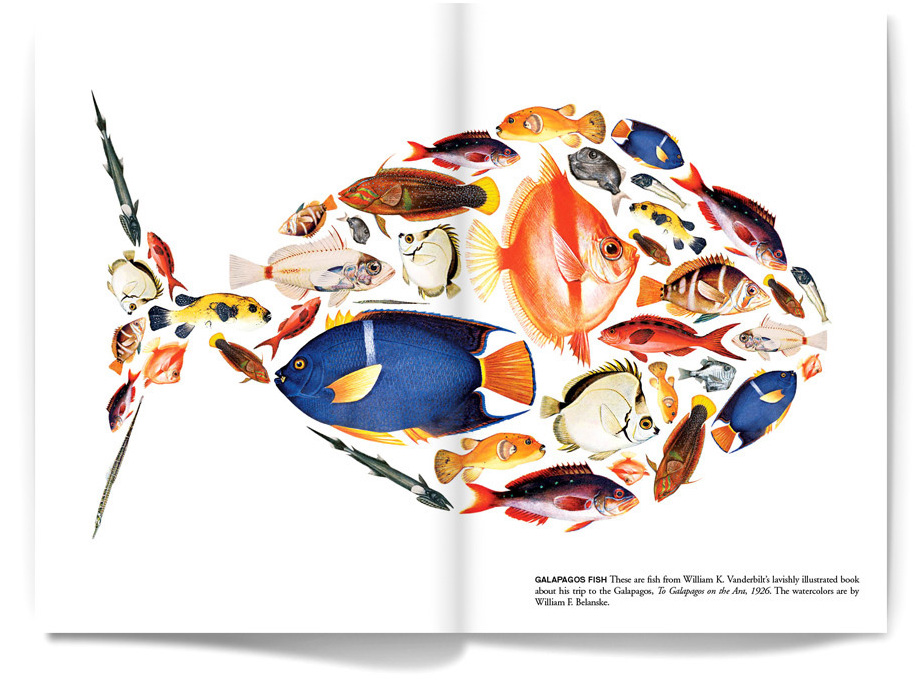To exercise your creativity in image making, not a client driven “real” world project.
To explore different ways to create images and to enhance communication.
A. Create three images consistent in style
Select a word or a phrase which may inspire you to create strong images. You may incorporate some type, but not as the dominate element.
Some words to get you started:
Visual voice
Tie the knot
There is no rose without a thorn
Fall for the book
Practice makes perfect
Conduct your research on the selected word or phrase to further understand its meaning in historical and cultural context.
Study how a story can be told visually.
Collect at least ten examples of powerful images and learn from them.
Brainstorm and sketch out ten ideas.
Apply storytelling tactics into your concept. Fully explore the possibilities of creating the image. Yes, you will use computer to output your final design but it should not limit you in seeking other ways to form your images. Highly recommend that you consider other techniques, materials, and media.Practice design principles to visualize your ideas.
Produce and refine your images
Select promising ideas from your sketches and create roughs. Then further refine them.
Deliverable
Save the images as a pdf file (8.5”x11″) and turn it in through OneDrive before the class on Oct. 16.
B. Let your images shine
Design three applications mainly based on images you have created for this assignment.
You may use your images to create three book covers, posters, packages, and other practical communication pieces as they are fit/appropriate.
First, brainstorm and form a concept. Conduct a research and find at least five good designs as inspiration.
Sketches out ideas and draft necessary text (if applicable).
Create roughs and finalize your design.
Deliverable
Best presentation of your final design and photos of them in use (if applicable). You shall submit your digital files through OneDrive before the class on Oct. 30.
We can discuss your final presentation when you have decided on your choice of application.
Grading
Three images: 50%
Conceptual and formal aspect: 40%
Craftsmanship/execution 10%
Three application: 30%
Conceptual and formal aspect: 20%
Craftsmanship:10%
Design process: 20%
Consider which of the design principles seem appropriate to your concept:
anomaly
concentration
focal point
repetition
contrast
similarity
confrontation
proximity
dominant
